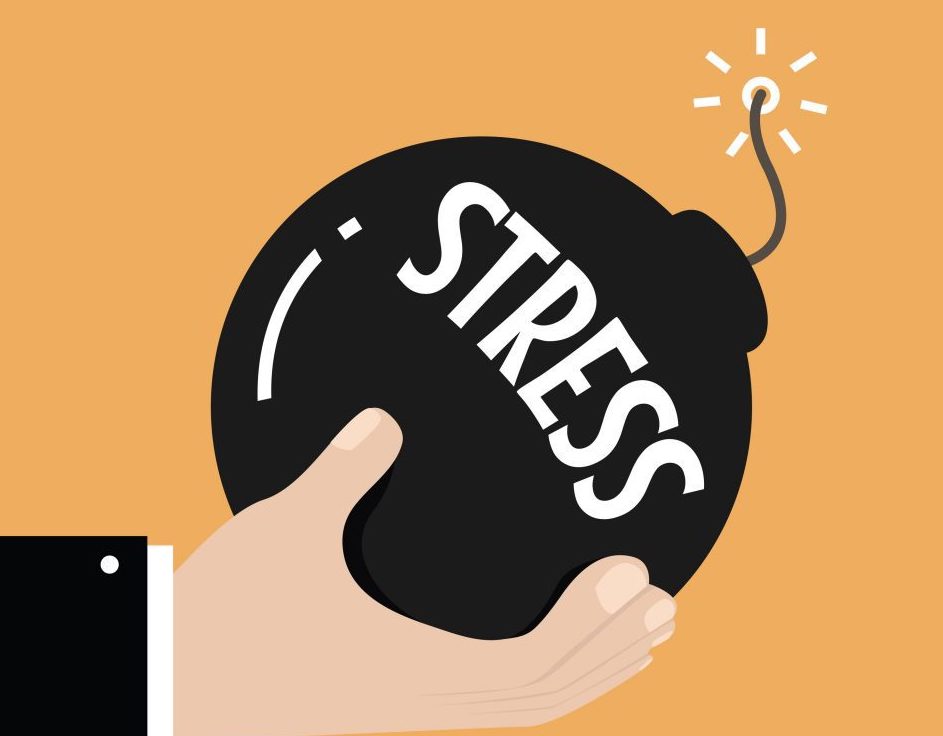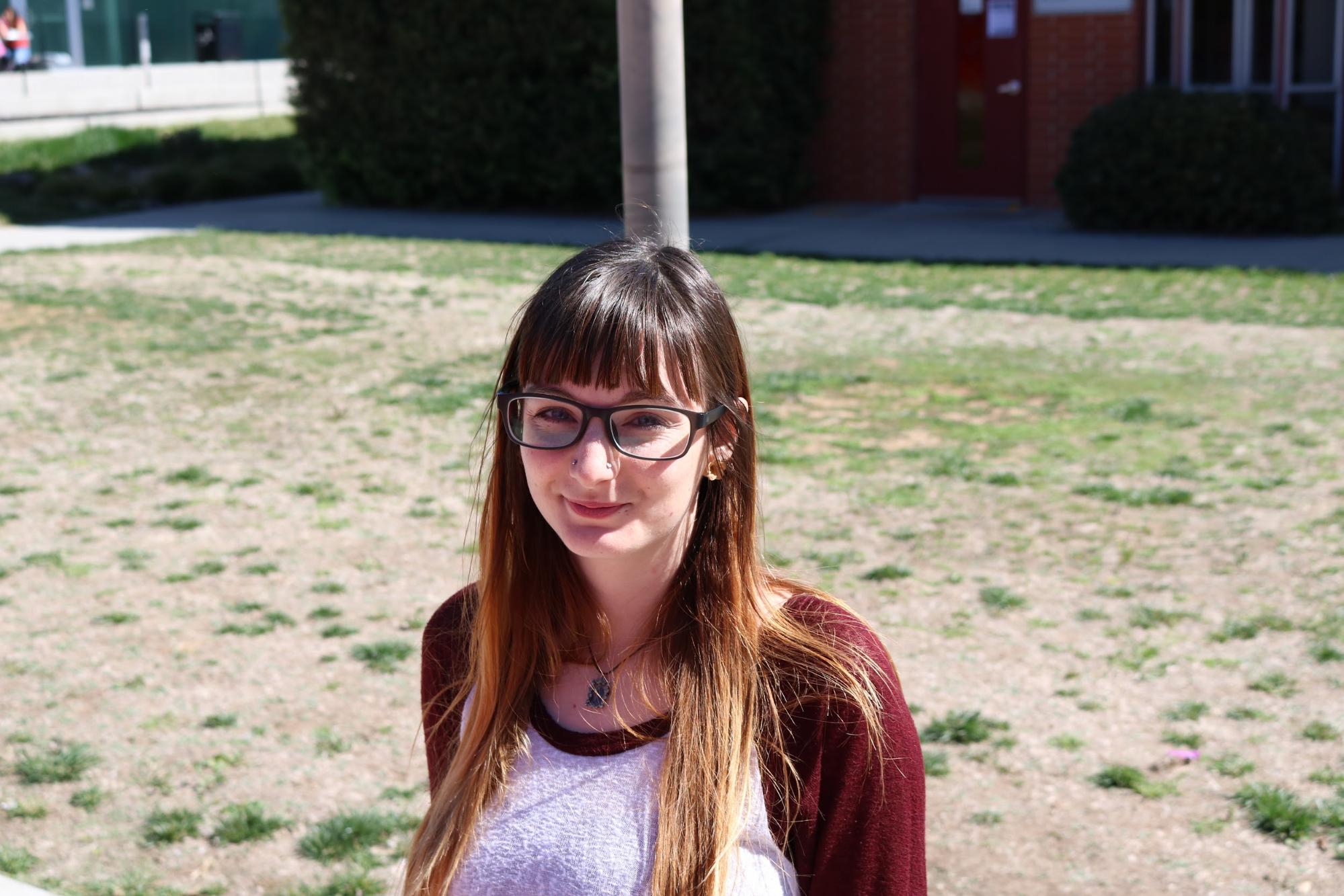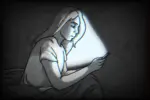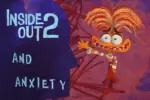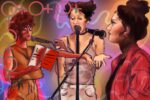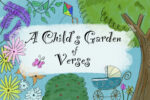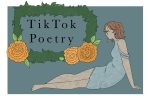Occasional anxiety can present itself at any time, but when worrying takes on a life of its own, it can lead to generalized anxiety disorder. Generalized anxiety disorder (GAD) in young adults typically affects their everyday circumstances, such as finances, school, jobs, internships and sports, so it can be paralyzing for students, who typically need to be all systems go pretty much 24/7.
However, if you do start to feel the grinding down of anxiety, there is an easy solution that can work wonders in relaxing you. Reading poetry can be beneficial for a number of reasons, especially because it encourages anyone stressed out to communicate their anxiety in a healthier way.
In fact, according to the National Association for Poetry Therapy, the use of therapeutic poetry has been used since primitive rites when shamans would use chants to ensure the welfare of an individual or the whole tribe.
Reading poetry can also be a useful tool in emotional expression. The metaphors, imagery and other language devices may capture the right words one feels but cannot figure out how to express. Poetry’s rhythmic patterns, much like music, can illuminate powerful nonverbal reactions within people and help alleviate stress. The colorful words, vibrant verses and alternate meanings enable listeners to stretch their imaginations to develop a greater understanding of reality and consciousness.
So, if you’re looking to melt away your stressors with some poetry, here are five contemporary poems to start with.
1. “Here and Away” by Neil Hilborn
Neil Hilborn is the only slam poet on this list, though he also has a book, called “Our Numbered Days,” which features this poem and most of his current works. Listening to him speak “Here and Away” can send chills down your spine because of the raw emotions in his voice.
The beginning of the poem seems melancholy, but the tone changes when he says, “But isolation is not safety, it is death. If no one knows you’re alive, you aren’t.” From his perspective, hiding away from the world means you’re no more alive than those who have passed away.
Hilborn convinces listeners that they are not alone in their turmoil, saying, “So on those days, this is what I tell myself: Whatever you are feeling right now, there is a mathematical certainty that someone is feeling that exact thing.”

It is sometimes hard to remember that you are not the only one who has suffered, because it tends to eat you alive. The best way to fight anxiety is to let the world know you are here and to let someone know you need guidance and support.
Toward the closing of this poem, Hilborn acknowledges that every day will not be easy, but that does not mean it is the end of the world. He says, “So please, if you want to continue existing do something. Learn to make clouds with only your breath. Build a house, even if every wall leans to the left.”
It is vital to understand that you should not dwell every mistake you make, but appreciate the strength that was necessary to accomplish your goals.
2. “Failing and Flying” by Jack Gilbert
This poem kicks off with the line, “Everyone forgets that Icarus also flew,” an allusion to the Greek mythological story of Icarus, the young man who flew too close to the sun and caused the wax in his wings to melt. In mentioning the story, Gilbert wants to emphasize the rise rather than the fall of Icarus. Gilbert’s interpretation of the flight reminds listeners that, by flying, Icarus achieved freedom from his imprisonment.
The poet uses diction to convey the importance of remembering the past rather than fearing it. He talks about losing a relationship but focuses on the significance of the good aspects that came from it.
When two people become distant, they tend to focus on the fact that it ended rather than appreciating that it existed. Gilbert’s message is embodied in the lines “But anything worth doing is worth doing badly.”
3. “won’t you celebrate with me” by Lucille Clifton
“won’t you celebrate with me,” by Lucille Clifton, reflects the making of one’s self and how it requires experience, insight and readiness to consider how a person is contoured by their cultural context, influences and languages.
The poem begins with an inquiry that reflects both an invitation and a plea. Clifton’s tone is meek and apologetic. The lines “won’t you celebrate with me/what i have shaped into/a kind of life? i had no model,” asks the reader to celebrate “a kind of life” that she shaped rather than the life she’s made. This small distinction allows for the interpretation that the speaker bears witness to the difference between the lives of others and her own emerging self-consciousness.
The process of developing self-awareness is what the poem illustrates as its focal concern. The lines “born in babylon/both nonwhite and woman/what did i see to be except myself,” is an allegorical reference to the legacy of exile she inherited during the civil rights movement.
Clifton speaks of the awkwardness of creating a new sense of self-awareness that she was thrown into after the so-called “American dream” was taken from her. When confusion strikes an individual, they cannot allow it to engulf their identity, but instead they should strive to build something new from the ashes.
Clifton’s use of language changes and becomes more vivid, inventive and lovely because the speaker gains strength from her experiences and a higher level of confidence in her ability to stand alone.
4. “[I Love Uncertain Gestures]” by Valerio Magrelli
“[I Love Uncertain Gestures]” is about recognizing that everyone is human and it is okay to not be the embodiment of perfection. In a society where everything is almost completely mechanical, it is a relief to see someone make a mistake, “bang his glass” or when “someone stumbles.”
Anxiety sometimes stirs up trouble when a person believes they must be flawless in order to fit into this world, but according to Magrelli’s poem, the “uncertain gestures” that create the “familiar rattle of the broken mechanism” are what make people human.
In its meaning, the poem celebrates the quirks that make individuals stand out from the crowd.
The last lines of Magrelli’s poem read, “A piece breaks off, declares itself. Inside, something dances,” which means that retreating from the ideal of normalcy is not bad, but rather has the positive effect of helping to distinguish someone or something from the inhuman.
5. “we are all born/so beautiful/the greatest tragedy is/being convinced we are not” by Rupi Kaur
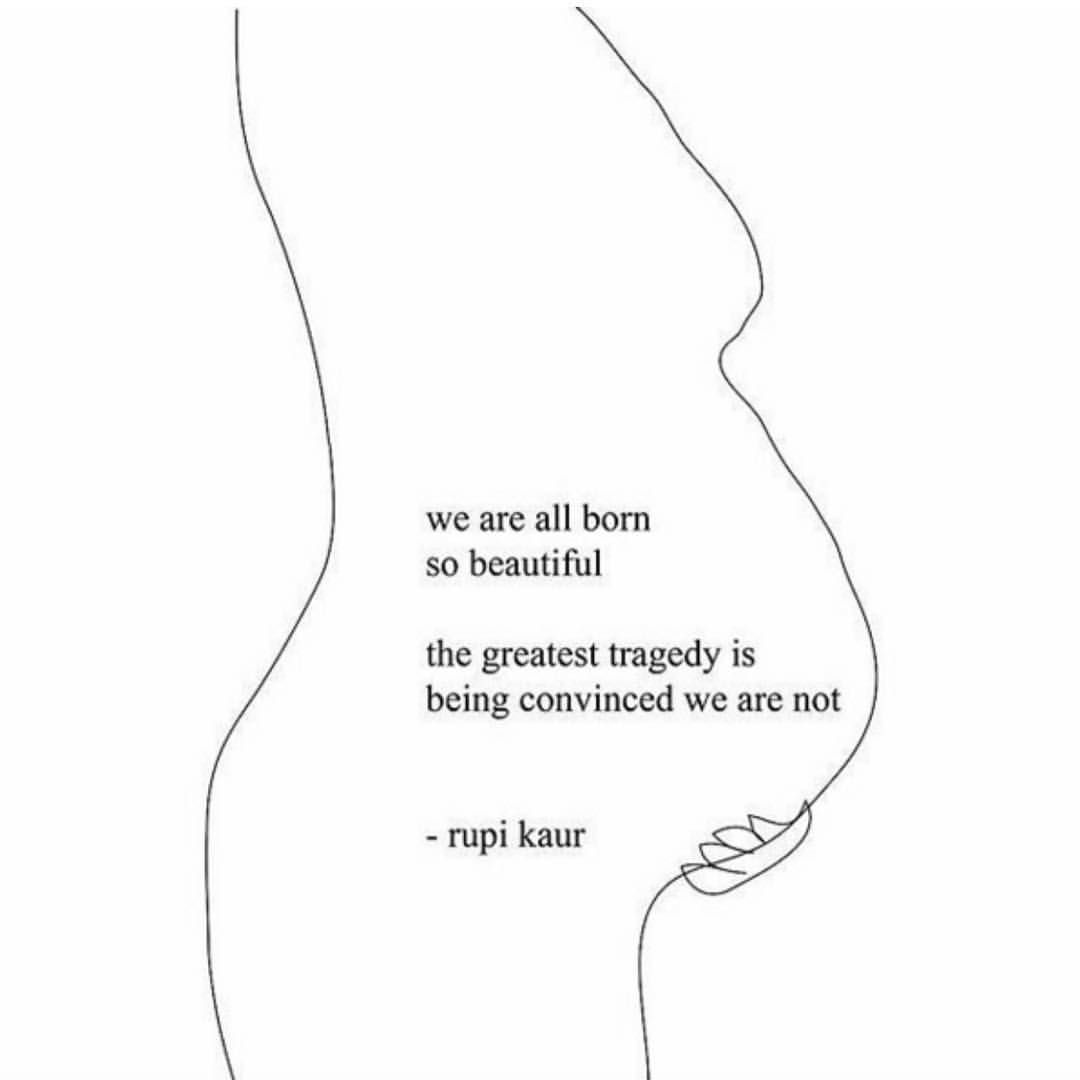
This poem comes from Rupi Kaur’s book “Milk and Honey,” a collection that focuses on survival, abuse, violence, loss, love and femininity.
The poem is about commemorating the beauty each and every person on this planet possesses and throwing away all the negativity people may have hurled at you. Anxiety can creep into your mind because of other people, but their opinions of you have no purpose bogging down your potential.
It is vital to know that your life is worth living, you are worth it and that you are capable of more than you think.
Kaur’s purpose in this poem is to pinpoint the notion that everyone started from the same place, their mother’s womb, and grew into two people’s beautiful creation.
A person is more than just the labels people have given them, and everyone should unsubscribe to such labels. A person’s identity is crafted by the individual, not by the bystanders.


